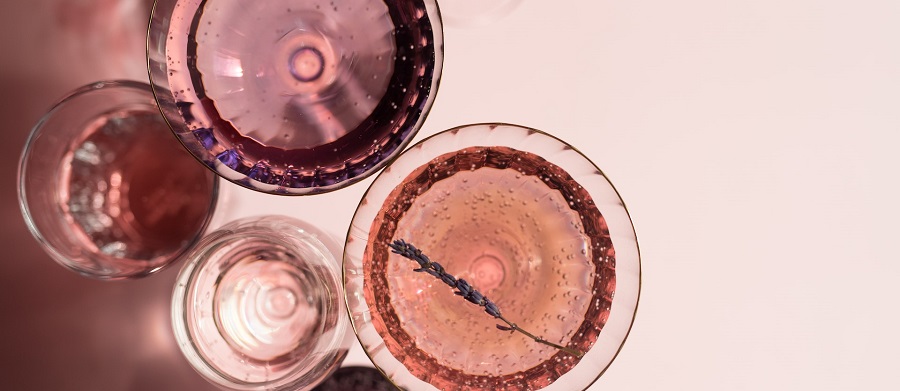
Time to drink pink… with Harriet
It’s no secret that pale, dry Provence rosés have been the drink of the summer for the past few years. In fact, rosé sales soared throughout 2020 and 2021 when we were mostly in lockdown – with trendsetting indies across the UK now diversifying their rosé offering to alternative regions, more structured and age-worthy options, and even non-conventional rosés that tilt more towards chilled reds.
We caught up with our wine trading director, Harriet Kininmonth, for a quickfire chat about all things pink.
How has the rosé category developed?
“When I first started my career in wine about 13 years ago, I seem to remember that Anjou rosé was selling more than Provence… rosé back then was few and far between, and came in all sorts of colours, but we didn’t sell huge amounts, and when we did, it was very much slanted on seasonality.
Since then, I’ve seen the category grow and premiumise exponentially, with Provence rosé very much at the helm. Producers have reacted quickly to the demand for paler, lighter styles, and we’ve of course seen a number of super-premium branded Provence rosés such as Whispering Angel enter the market. Rosé wine can dazzle when well-packaged, and is seen by many consumers as a very sociable drink. This is supported by the huge number of producers choosing to bottle their rosé in large formats. For me, rosé in large format is my party pour of choice. It’s showy but not overly decadent and it looks and tastes fantastic.”
We’re seeing more customers order rosé wines across the winter months – what styles do you think will be more popular as a result?
“Ultimately, rosé tastes good all year round so there is no reason not to drink it in the winter, even if we tend to associate it more with the summer months. Rosé can be a great food pairing, particularly with dishes such as tapas or spicy dishes. Given we tend to eat richer styles of food during the winter, I expect we will start to see more deeper coloured and richer styles emerging onto the market, capable of standing up to more substantial meals. I’ve seen some good examples from Spain and the Rhone enter the market recently, and we are starting to see some excellent Pinot Noir examples from England, which is very exciting.”
Do you think the pale pink style will continue to be popular, or will darker styles come back in fashion again?
“I don’t think the pale styles are going anywhere fast, but certainly at the premium end, I believe that consumers are becoming more open to exploring what else the rosé category can offer – which includes some darker, richer styles. However, education is key as many consumers associate darker styles with sweeter styles, which is simply not always the case, particularly at the premium end, so this development will require a hand-sell in order to educate the consumer.”
With English red wines becoming more popular, do you think we can expect to see more English rosés in future years?
“I’ve tasted some outstanding English rosés in the last few years and look forward to seeing more. A notable example is Balfour’s Nannette’s rosé; complex and Provencal in style with hints of lemon, thyme and rosemary. Obviously, we are often bound by weather, but in the warmer vintages, I expect many winemakers will continue to experiment with rosé given the consumer demand.”
Have you come across any unusual or unexpected rosés recently?
“I think the trend of orange wine, and people experimenting with varying degrees of maceration and tannins, creates a blurred line between pale reds, orange and rosé, and I’ve tasted a fantastic example from South Africa recently.”



